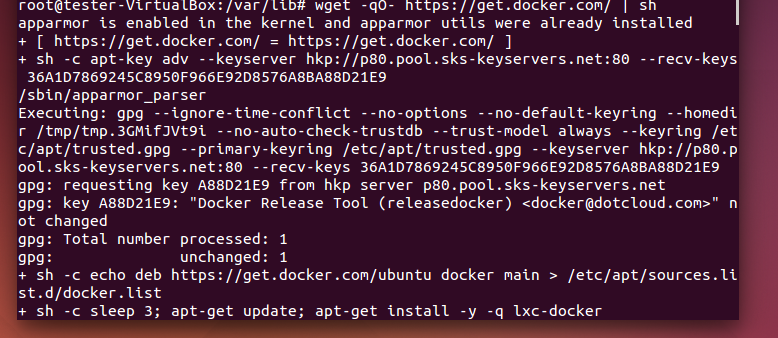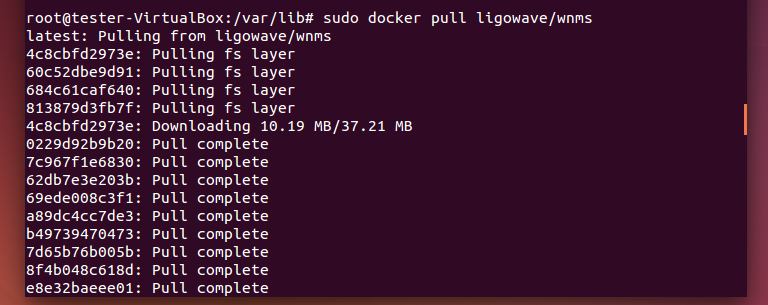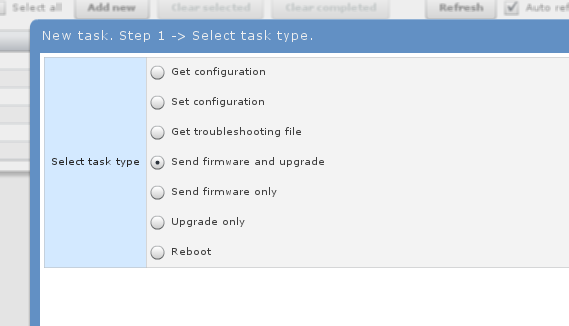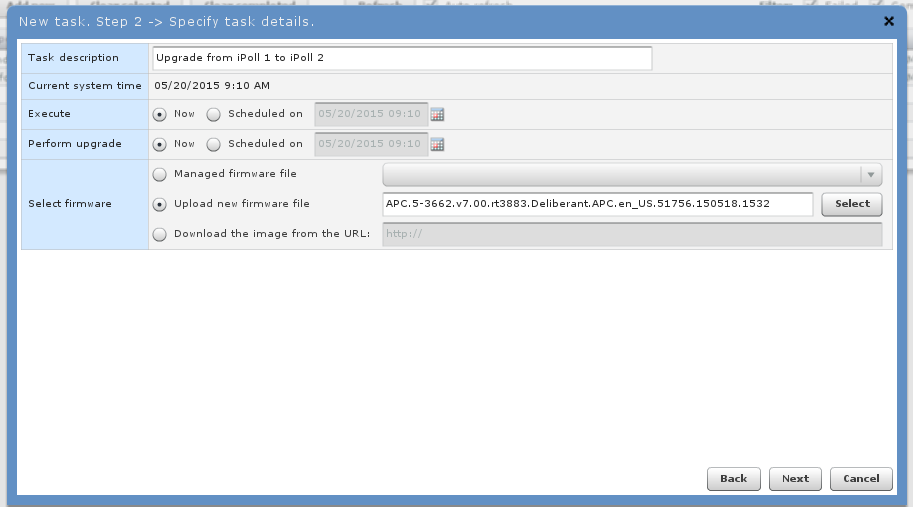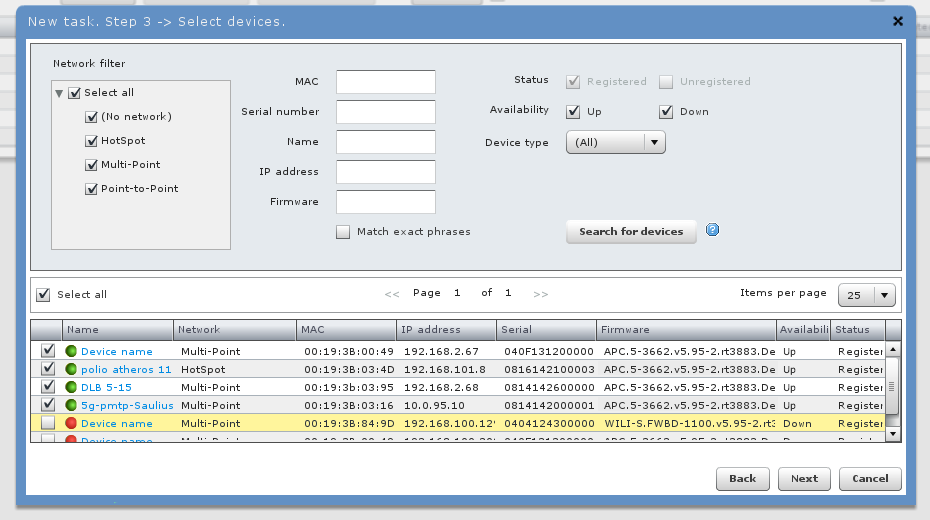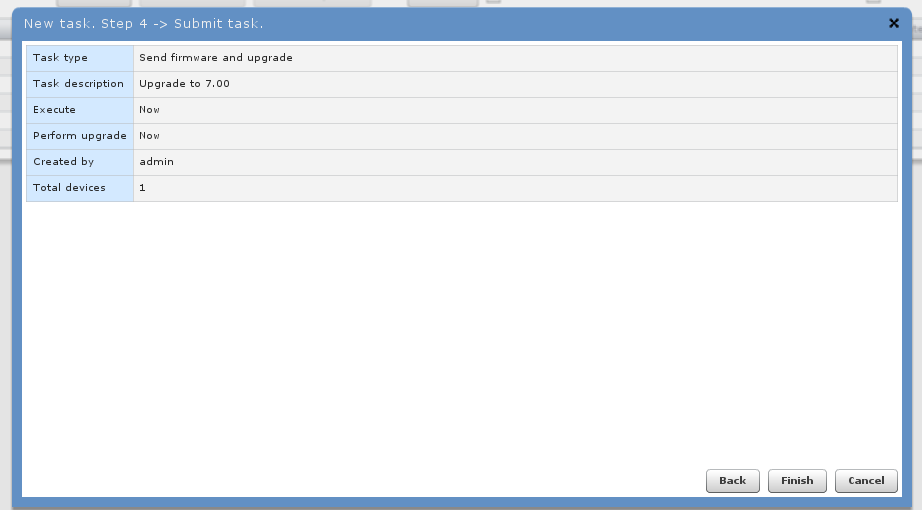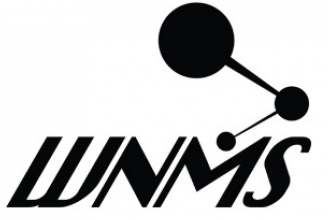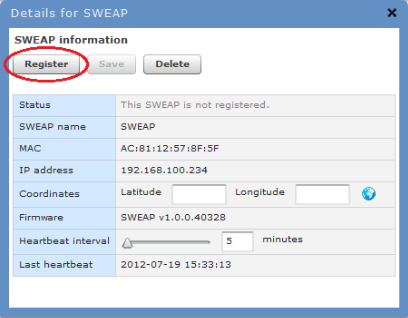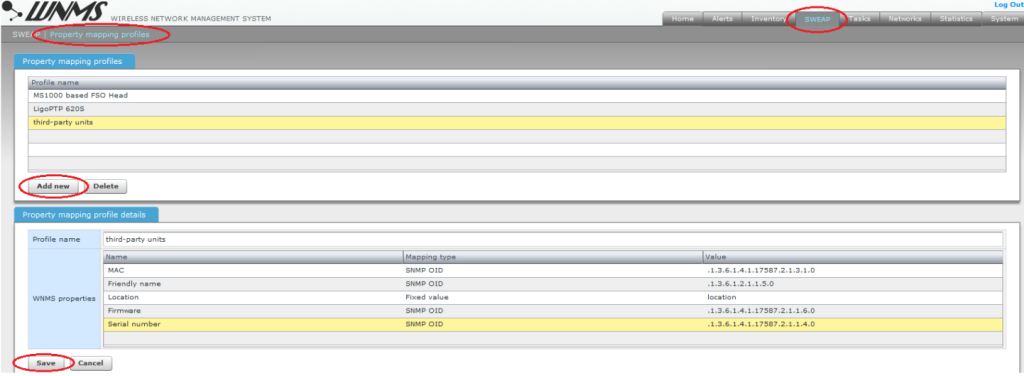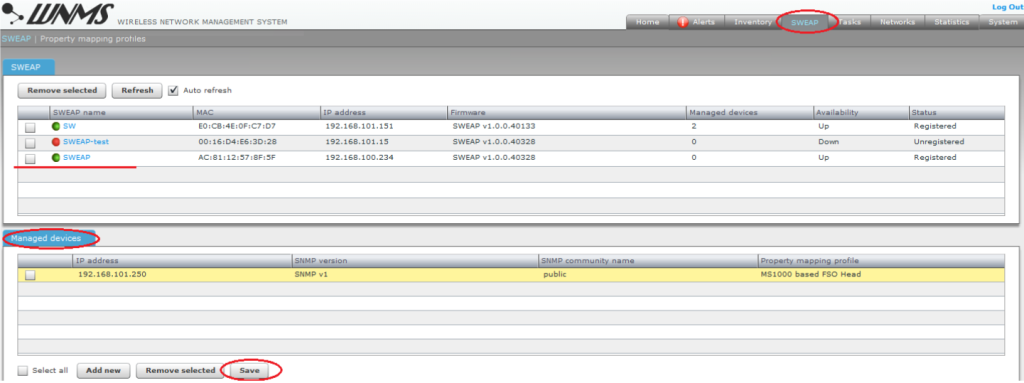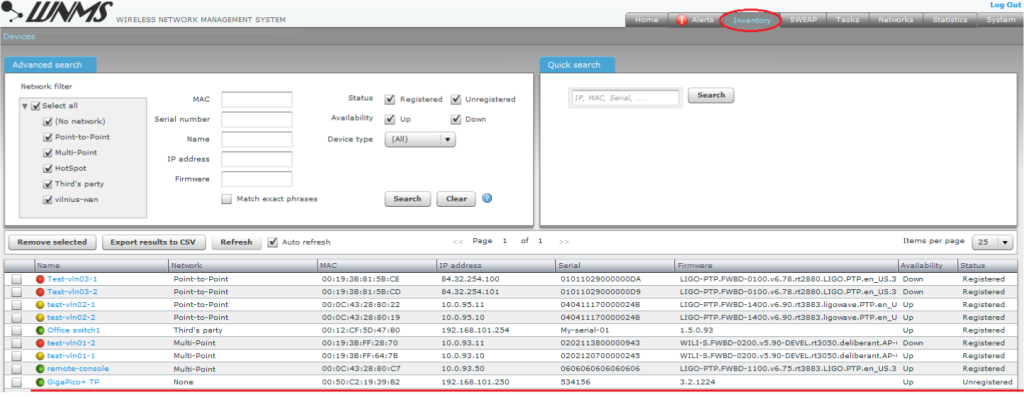To run a WNMS server on any Linux Distribution system, users need to use Docker. Docker allows users to package applications with all of their dependencies into a standardized software development unit. It can also be used to run WNMS servers on Ubuntu 14.04 Distribution (or later), Debian, CentOS, Fedora and others. The native system has to use 64-bit architecture.
You can find the Docker installation guide here.
Example: How to install Docker and WNMS on Ubuntu 14.04 and 15.04
Download the latest Docker version using the following command:
wget -qO- https://get.docker.com/ | sh
Download the WNMS server to Docker using the following command:
sudo docker pull ligowave/wnms
Run the WNMS server using the following command:
sudo docker run --name=wnms -d -t -i -p 80:80 -p 443:443 ligowave/wnms
Check whether WNMS is running using the following command:
sudo docker ps
If you want to stop the WNMS server, run the following command:
sudo docker stop wnms
For more information, refer to this link.
Perform the following steps before upgrading:
Step 1. Change the working protocol from iPoll 1 to 11n on the base station using the device’s GUI.
Step 2. Make sure that all of the CPEs are connected to the base station and available on WNMS.
Follow these steps to create a firmware upgrade task in WNMS:
Step 1. In WNMS, go to Tasks and click Add new:
Step 2. Select Send firmware and upgrade:
Step 3. Download Firmware v7.00 for APC devices from the LigoWave Downloads site.
Step 4. Upload the new firmware, choose a time to Execute the task, choose when to Perform upgrade, and type up a Task description.
Step 5. In the next window, click Search for devices and select the ones that has to be upgraded:
Step 6. Click Finish to complete the task creation process:
Step 7. Check whether the task is planned correctly in the Tasks tab:
Step 8. If the upgrade was performed correctly, the status will change from Scheduled to Complete:
Step 9. Check whether all of the devices are reachable.
The last step has to be performed after upgrading:
Step 10. Change the operational protocol from 11n to iPoll 2 on the base station. The stations will reconnect automatically.
LigoWave has prepared a user guide for the WNMS Mobile Application. You can find it here.
For Windows Users
Here users can find instructions on how to install and uninstall WNMS on Windows (Windows XP, Windows Server 2003, Windows Vista, Windows Server 2008, and Windows 7).
WNMS is now available on Windows. To see the installation instructions, please read the QIG. Currently, it can run on:
- Windows XP
- Windows Server 2003
- Windows VISTA
- Windows Server 2008
- Windows 7
- Windows 8
For Linux Users
WNMS is available on Linux, Ubuntu, and Debian. Installation packages (.deb) can be downloaded from the LigoWave software repository.
For recent Ubuntu or Debian releases, please use a repository according to your system’s codename:
deb http://wnms.ligowave.com/ vivid main deb http://wnms.ligowave.com/ trusty main deb http://wnms.ligowave.com/ jessie main deb http://wnms.ligowave.com/ wheezy main deb http://wnms.ligowave.com/ raring main deb http://wnms.ligowave.com/ precise main
For more detailed instruction, follow this link.
For detailed instructions on how to install WNMS on Linux, follow this link.
Virtual Machine Version
The virtual image option is not only a simple and quick way to start up WNMS on most of the operating systems, but it also makes it easier for users to get to know the WNMS features, test its functionality, and even use it for normal network operations. The WNMS virtual image works seamlessly with VMware and VirtualBox.
To learn how to install WNMS using VMWARE or VirtualBox software, please read the Quick Installation Guide.
There are two different download mirrors for your convenience (see below).
The WNMS configuration document can be found here.
Below you can find a video tutorial on how to configure WNMS:
New:
- SWEAP: third party equipment monitoring and alerting through SNMP (separate application for Windows and Linux).
- WNMS on the cloud.
Improvements:
- Added WNMS Windows installer support to upgrade from previous 1.1 and 1.0 versions.
- Improved overall database performance.
- Added confirmation prompt before deleting the link between devices.
- Replaced Google Maps with OpenStreet maps.
- Changed yellow graph color to more visible.
- Added Chinese language.
Fixes:
- Fixed alert listing for network-restricted used.
Register SWEAP Instance
SWEAP stands for SNMP to WNMS External Agent/Proxy and is a software application that runs independently of WNMS and is able to turn any SNMP-enabled network device into a WNMS-friendly piece of equipment.
A successfully installed SWEAP instance receives the Unregistered status on the WNMS server by default. Follow these steps to register SWEAP on WNMS:
Step 1. Navigate to the SWEAP menu to view the list of SWEAPs connected to the WNMS server.
Step 2. Click on a SWEAP name to load the Details window, where information about the SWEAP instance is provided. Click Register for registration. Coordinates and heartbeat interval may be specified, but it is not necessary.
There are 3 functional buttons that control the device’s settings:
- Register – click to register the SWEAP . This button is active, if the state is Unregistered.
- Save – saves changes that were made on this page.
- Delete – deletes a particular SWEAP from the WNMS server. If the deleted SWEAP continues to send heartbeats to the WNMS server, it will appear on the WNMS server under the Unregistered state as soon as the first heartbeat is received.
Step 3. The registration of the SWEAP is successfully finished:
Adding Devices to SWEAP
Once the SWEAP is successfully registered to the WNMS server, the required third-party devices can be added to the SWEAP for monitoring purposes. Follow the steps to add a managed devices to the SWEAP:
Step 1. Create a Property mapping profile for the required third-party device. This profile will gather the main statistical information about the third-party device (based on the SNMP OID or specified by a fixed value). Click Add new and fill all of the mandatory fields with specific statistical information on the SWEAP | Property mapping profiles page:
Step 2. To add devices to a SWEAP, select it. The table of Managed devices will appear below. Specify the IP address of the device, select the SNMP version, SNMP community, choose the correct property mapping profile for the monitored device and click Save.
Step 3. It will take a few minutes for the device to appear on the Inventory table with the Unregistered state.
Step 4. The third’s party device is now ready for management and monitoring. Refer to the respective WNMS Quick Start Guide for detailed information on how to register and monitor devices individually.

